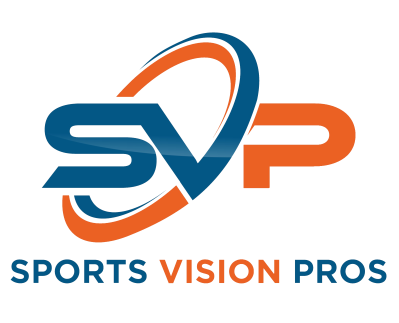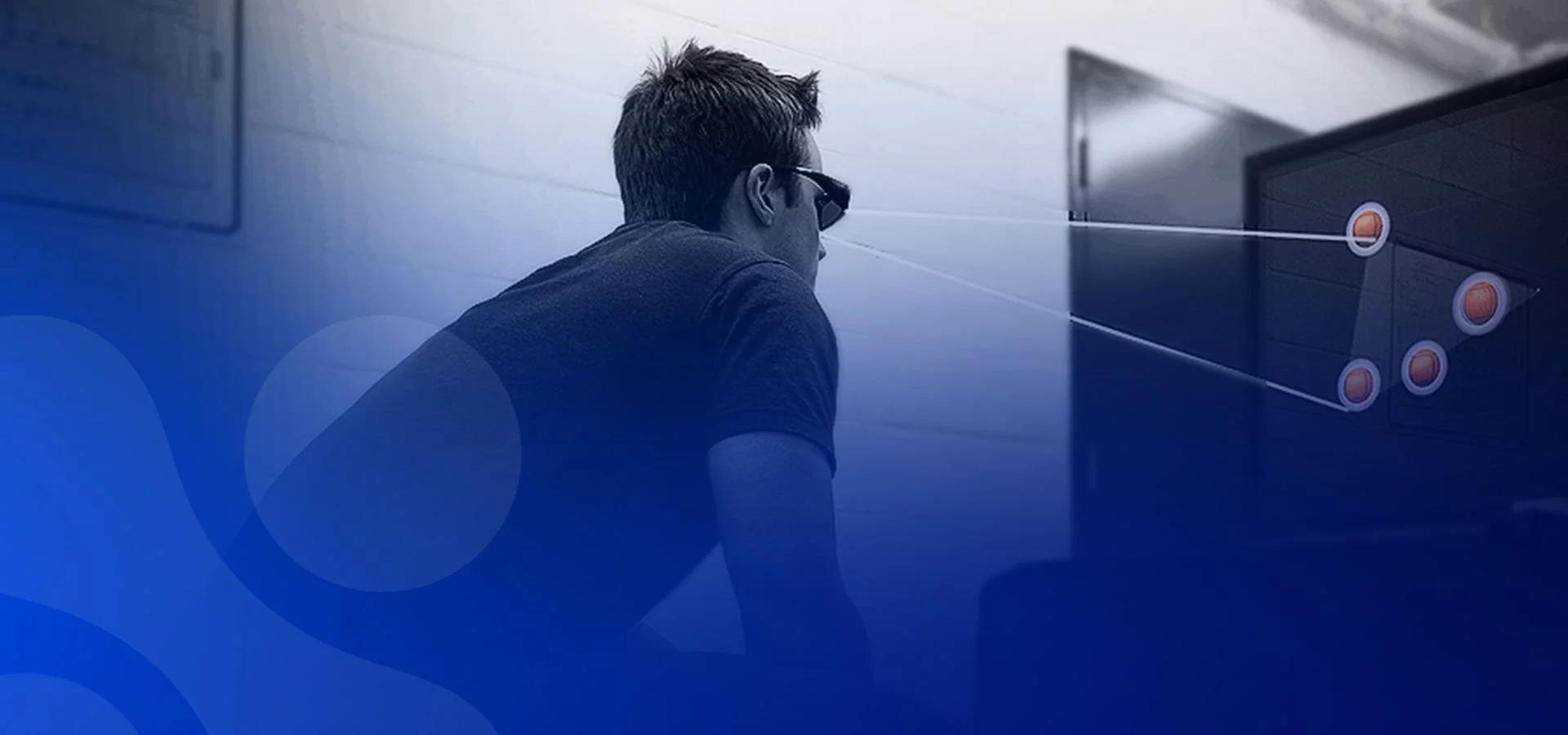Coaches - Eyewear

No matter how good your athletes are, accidents will inevitably happen. In fact, eye injuries are a leading cause of blindness in children in the United States, and most of these injuries happen while kids are playing sports (NEI). In addition, 90% of these eye injuries are preventable if one wears the appropriate sport safe eyewear.
Accidents that lead to eye injuries can have a long-lasting impact on your athlete’s performance and can eventually lead to permanent blindness. Loss of vision can not only impact an athlete’s performance, but can negatively impact their physical and mental health, as well as their academics and work.
"Dress" or "Normal" Glasses are Not Safe!
Unfortunately, many times, eye injuries in sports can be caused by the use of non-sport safe frames. Therefore, it is important that all your athletes wear appropriate sport safe eyewear.
Learn What Eyewear is Right For Your Sports
Work with a local eye doctor to learn what eyewear is appropriate for your sports and how your athletes should properly use their eyewear. The wrong eyewear, or eyewear used incorrectly, will not only be ineffective, but can negatively impact vision, performance, and safety.
Standards For Eyewear
There are standards of impact resistance established to quantify the safety of eyewear in regards to impact.
Dress frames are eyewear designed for school, work, or social settings and should never be used for sports. These frames are not made from sport safe materials, and their hinges are not designed to survive an impact. If you encounter an athlete using these frames, please refer them back to their ECP to discuss a more sport appropriate option to protect their eyes and maximize their performance.
Impact resistant frames are required for certain sports with small projectiles, such as racquetball and squash. These frames are generally referred to as “sports goggles.”
Sport safe frames are a step down in impact resistance quality, yet are readily used in sports due to the impact resistance of the frame and lens materials. These frames can be rimless or full frame options. There is some risk associated with these, as they may not meet ASTM standards.
Sport active frames, used in sports such as running and cycling, have sport performance qualities, such as improved peripheral vision optics and lack of fogging, yet these are not expected to have objects impact the frame.
More Information:
National Eye Institute:
Protective Eyewear for Young Athletes:
Partners
Follow Us
September is Sports Eye Safety Month and SVP wants to highlight a recent video with Dr. Smithson and Prevent Blindness' CEO, Jeff Todd.
Learn the crucial techniques to identify hidden issues and ensure early intervention. Knowledge is power when it comes to brain heal. Check out this important video message from Dr.Keith Smithson
Dr. Smithson discusses Telehealth resources available to sports vision professionals with NeuroTracker.
He graduated from Pacific University, College of Optometry in 1994. Dr. Tad Buckingham has experience in fire and emergency services that allowed him to impact emergent eye care, and ocular injections, and to develop guidelines to manage medical emergencies in the primary care office.
Recently, we had an amazing conversation with Ernest Eugene from Orlando Magic and Eric Waters from Utah Jazz.
We talked about vision's influence on basketball players' performance, and how athletic trainers can implement sports vision techniques into athletes' training programs.
Dry eyes can influence your vision and cause problems during training or game, therefore it’s important to fix the issue.
There are many types of tints used in various types of glasses, and their function is not only to turn you into the number one fashionista (however, this function is also a good enough reason to buy a new pair of tint glasses into your collection😎).

















